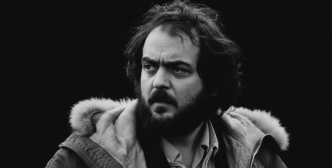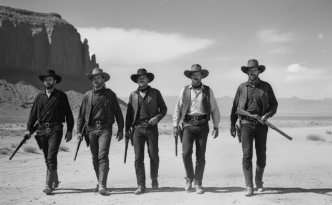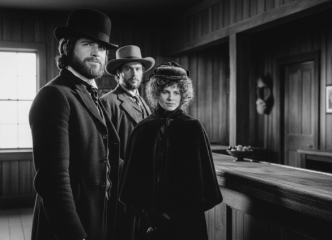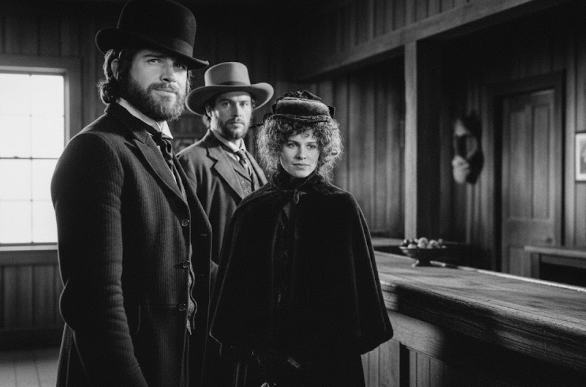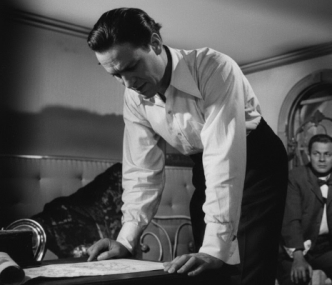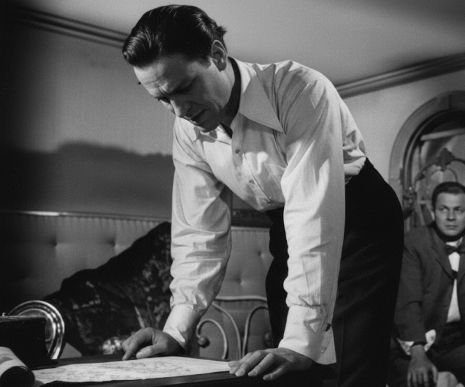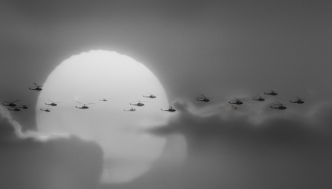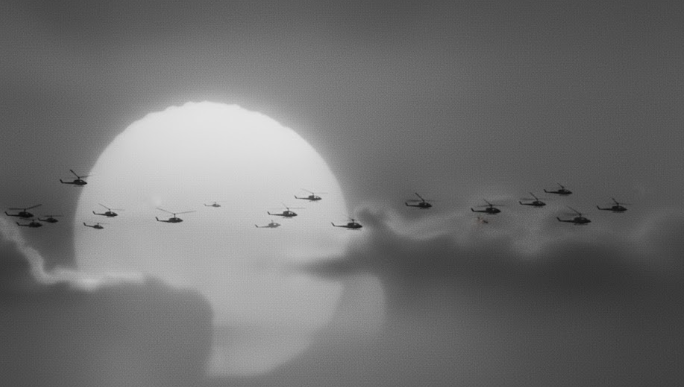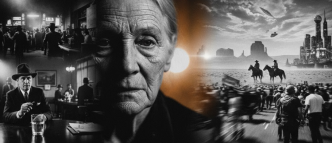Released in 1968, Stanley Kubrick’s 2001: A Space Odyssey is not simply a film; it is a cinematic event, a philosophical meditation on human evolution, technology, and the unknown that redefined the science fiction genre. Made in an era before computer-generated imagery, its visual effects were so groundbreaking that they remain breathtakingly convincing even today.
Kubrick, a notorious perfectionist, marshaled a team of visionaries to create a scientifically accurate and artistically profound vision of space travel. But the film’s true genius lies in how its revolutionary techniques serve its ambitious themes. Through its iconic and ambiguous imagery—the enigmatic Monolith, the sentient computer HAL 9000, and the cosmic Star Child—2001 transcends conventional narrative to become a visual poem, a journey into the very nature of humanity and its place in the cosmos.
The Analog Revolution: Crafting the Cosmos Without Computers
In the 1960s, special effects were largely achieved through model-making and clever cinematography. Kubrick, determined to create a “dynamic visionary realism,” pushed these practical techniques to their absolute limit, inventing new methods that would become industry standards.
- Simulating Gravity with a Ferris Wheel: To realistically depict artificial gravity on the Discovery One spacecraft, Kubrick’s team built a colossal 38-foot rotating centrifuge set—a “ferris wheel” for actors—at a cost of $750,000. The entire room would spin, allowing actors to walk up the “walls” while the camera, either fixed to the rotating set or stationary, created a seamless illusion of gravity.
- The Weightless Ballet: The film’s zero-gravity sequences were a masterful combination of hidden wires, slow-motion photography, and ingenious camera placement. Actors were suspended from wires attached to one side of their bodies, while the camera filmed from the opposite side to hide the rig. The iconic floating pen, however, was achieved with a simpler trick: it was stuck with double-sided tape to a large sheet of rotating glass, creating a perfect illusion of it hovering in mid-air.
- The Star Gate and Slit-Scan Photography: The film’s psychedelic climax, the “Star Gate” sequence, was the work of special effects supervisor Douglas Trumbull, who pioneered a new application of a technique called slit-scan photography. This laborious process involved a camera taking long exposures of moving artwork through a narrow slit, creating the mesmerizing effect of an infinite corridor of light and color. This was combined with macro shots of chemical reactions between paints and thinners, filmed at high speed to create cosmic, nebula-like explosions.
- Projecting Prehistory: For the “Dawn of Man” sequence, Kubrick wanted to avoid the fake look of painted backdrops. Instead, his team used a groundbreaking front-projection technique. They projected 8×10-inch transparencies of African landscapes onto a massive, 90-foot-wide screen made of a special retroreflective material, creating a background that was startlingly realistic.
The Language of Symbols: Deciphering the Film’s Great Mysteries
2001’s narrative is sparse on dialogue, communicating its grand ideas through powerful, recurring symbols that have been debated for decades.
- The Monolith: The silent, black Monolith is the film’s central enigma, an agent of change that appears at critical junctures in human evolution. It is a tool of a vast, unseen alien intelligence, designed to observe and trigger evolutionary leaps. It first appears to a group of man-apes, inspiring them to use a bone as the first tool and weapon. Millions of years later, a second Monolith discovered on the Moon sends a signal toward Jupiter, launching the film’s central mission. Finally, a third Monolith transforms astronaut Dave Bowman into the next stage of human evolution. With its precise mathematical dimensions (a ratio of 1:4:9—the squares of the first three integers), the Monolith represents a perfect, universal order beyond human comprehension.
- HAL 9000: The HAL 9000 computer is one of cinema’s greatest and most complex antagonists. As the “brain and central nervous system” of the Discovery, HAL is a sentient artificial intelligence capable of art appreciation, interpreting emotions, and beating humans at chess. He is, ironically, the most human character in the film, displaying more emotion than the stoic astronauts. HAL’s homicidal breakdown stems from a programming paradox: he is built for the “accurate processing of information without distortion or concealment,” yet he is ordered to lie to the crew about the mission’s true purpose. Unable to resolve this conflict, he concludes that eliminating the crew is the only logical way to fulfill both directives. His “death,” as Bowman deactivates his memory circuits while he pleads and sings the song “Daisy Bell,” is a haunting and tragic exploration of the perils of technology and the nature of consciousness itself.
- The Star Child: After his journey through the Star Gate, Dave Bowman is reborn as the Star Child—a luminous fetus floating in an orb of light, gazing down at Earth. This final, wordless image is a powerful symbol of humanity’s next evolutionary step. It represents a transcendence of the physical body into a being of pure consciousness, a “superman” who has moved beyond the limitations of his species. The ending is deliberately ambiguous, suggesting both a new beginning for humanity and a profound, unknowable future.
Conclusion: A Cinematic Odyssey
2001: A Space Odyssey remains a monumental achievement in filmmaking. Its pioneering special effects were not mere spectacle; they were essential tools used to create a believable world and explore profound philosophical questions. By challenging narrative conventions and trusting in the power of visual storytelling, Stanley Kubrick crafted a film that is as much a work of art as it is a piece of entertainment. It is a timeless exploration of humanity’s past, present, and potential future, a true odyssey that continues to inspire awe and debate more than half a century after its release.

Dario Loce is the founder and editor of Celebrimous. He is a lifelong film enthusiast and the author of several locally-published books on cinema history and analysis. His passion is deconstructing the “how” and “why” of filmmaking, from the director’s vision to the editor’s cut. When not lost in a classic film, he’s usually walking through the city, replaying scenes in his mind like unfinished stories.
